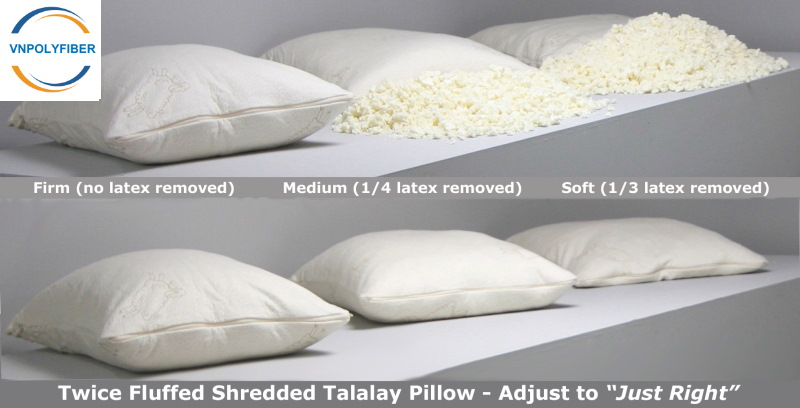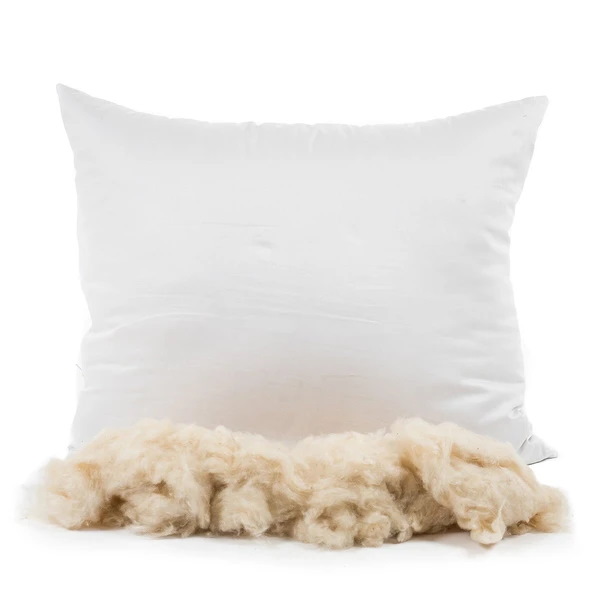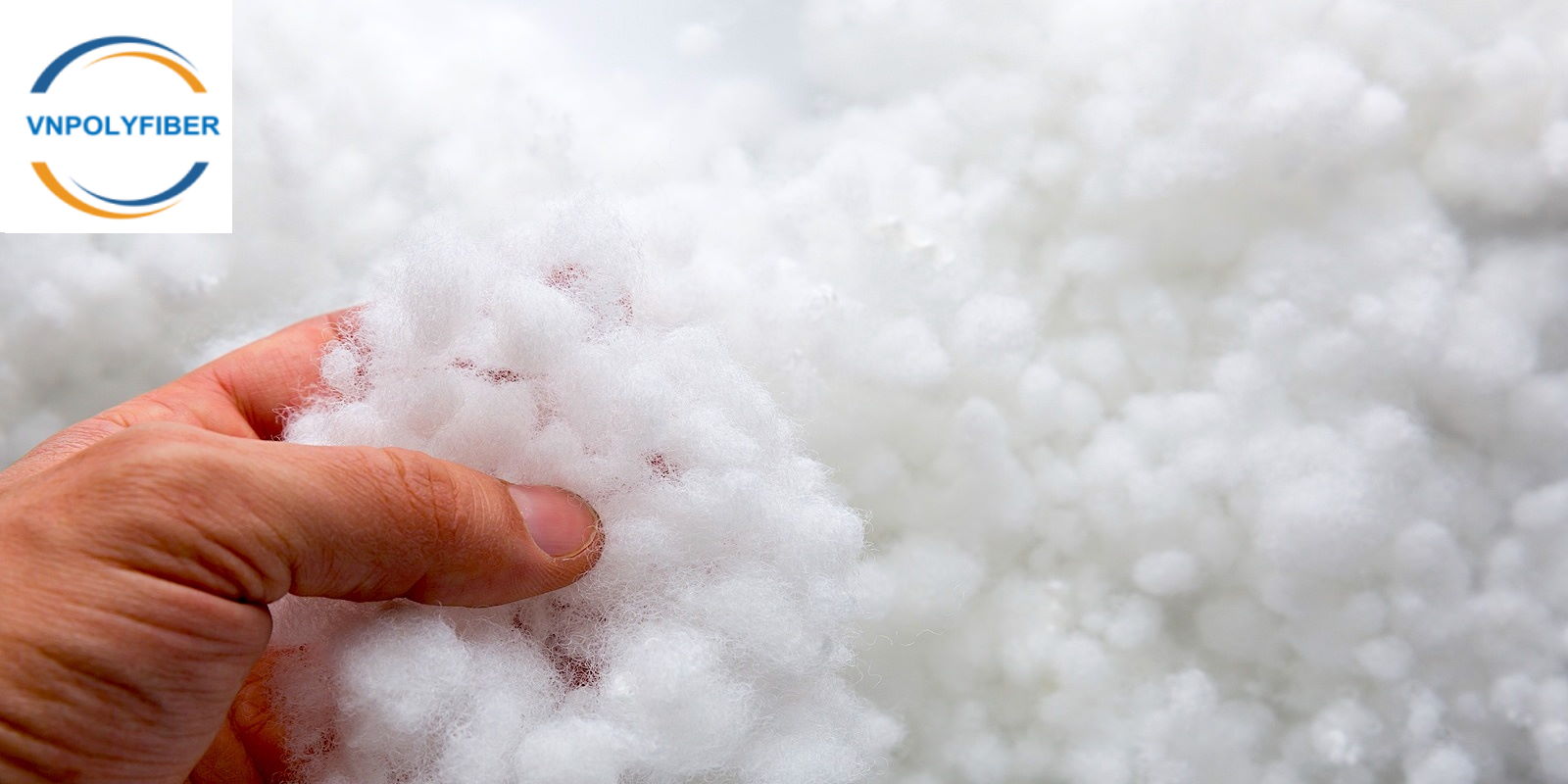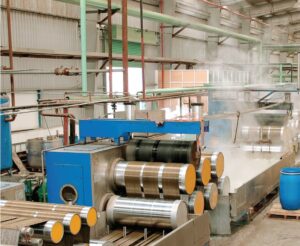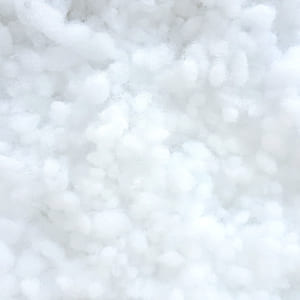We will help its customers to choose the most suitable type of pillow filling and stuffing. Each person has own requirements for their sleep. There are still many who experience sleep disorders, such as pain in the spine and neck, and so forth. This is usually based on the selection and the use of the wrong pillow. Pillows and bolsters are a couple that really determines one’s sleeping health. Here are some types of pillow filler you need to know:
Latex Filler
This type of filler is made of rubber latex. The latex material itself consists of 2 types, natural latex (80% made from rubber sap) and the second type of synthetic latex (more than 80% made of synthetic materials). The characteristic of this material is a hard surface and also flat shape. This type of pillow is suitable for those who have problems with the spine and neck bone and those who suffer from allergies due to latex-free mite.
Goose Fur Filler
This type of pillow has actually been introduced for a long time in Europe. The quality of goose fur filling is determined by the amount of goose fur that is loaded into a pillow or bolster. The more goose fur that is filled, the better is the quality. But the weakness of this pillow and bolsters is can cause allergies and often become dust and dust mite and the price is expensive. But on the plus side, the pillow is very soft
Foam filler
This type of filler is not popular.
Polyester Filler
This is a cost-effective option for a pillow. as it is cheap yet durable and abrasion-resistant. More and more demands for polyester filler, especially recycled polyester staple fiber filler as more people get aware of environment conservation.
Kapok Filler
The disadvantage of this type is easy to become a mite and bacterial nest so that it can trigger asthma and other health problems.
Kapok is a tropical tree of the order Malvales and the family Malvaceae, sometimes called kapok. The kapok fiber used is derived from the seed of the tree. Before polyester fiber began to be widely known by the makers of pillows, they used kapok as stuffing for cushions and mattresses. Currently still found in remote areas, the makers of pillows; bolsters; mattress from kapok material. Currently kapok start abandoned because it has a weakness that is easy to be a place of mites or lice and can cause allergic reactions in certain people, sometimes also can cause asthma. Another disadvantage of kapok is difficult to wash because kapok is easy to absorb water and difficult to dry so easily moldy.
Memory Foam Filler
The disadvantage is it takes a long time to its original shape. This material can absorb sweat so it is very comfortable.
Fiber or Dacron Filler
This dacron is made of plastic fibers of very fine size. Dacron material is easy to wash and anti-mite. This is what makes a lot of people start switching to this one filler material. For dacron pillows that use microfiber, fiber is generally a premium pillow.
What is Shredded Latex Pillow Filling?
Latex pillows offer good support for your head and neck while retaining a soft feel. Like most memory foam pillows, the most popular latex pillows sold are solid box-shaped pieces of latex that aren’t moldable. However, shredded latex pillow filling is moldable and malleable.
Viet Nam polyester staple fiber can be a substitute for pillow fill.
Manufacturers can call their pillow filling, “natural latex” as long as there is a percentage of natural material in the synthetic blend. I recommend you look for shredded latex pillow filling that is labeled “100% natural latex.”
Advantages of Shredded Latex Pillow Filling:
- moldable/malleable
- breathable — keeps cool at night, although it doesn’t compare to the breathability offered by buckwheat hulls or microbeads
- eco-friendly
Disadvantages of Shredded Latex Pillow Filling:
- “rubbery” odor
- can be too soft for some, resulting in inconsistent support that elevates your head too high or low
- expensive
What is a denier?
Denier is a unit of measurement that is used to determine the fiber thickness of individual threads or filaments used in the creation of textiles and fabrics. Fabrics with a high denier count tend to be thick, sturdy, and durable. Fabrics with a low denier count tend to be sheer, soft, and silky.
Denier is the thickness of the fiber, for upholstery and stuffed toys, a thicker denier is used. We find that our products perform optimally when we use between 7 and 15 deniers. Additionally, higher denier fibers generally fluff after being compressed better than thinner fibers.
In terms of fills, to be considered a “microfiber” the fiber must be less than 1 denier, which is extremely fine. This gives the fill its airy weight, downy feel, and soft, silky texture. In comparison, a human hair is 20 denier, whereas Standard Fiber’s microfibers are typically 0.9 deniers or less.
Fiber length understandably plays a role in product performance, longer lengths when conjugate gives it a nice bounce. the downside is that longer lengths slow down the manufacturing process. We find a happy medium with 64 mm fiber length it flows through the machine smoothly with no sacrifice of product quality
Fill Power
What’s fill power and how does it relate to filling weight?
Fill power measures the space (in cubic inches) an ounce of down creates when allowed to reach its maximum loft. The higher the fill power, the larger the down cluster (actual ratio of down in a down and feather fill). This translates to a lighter, fluffier, and more insulated product. Down fills are typically rated on a scale from 550 to 800+, with 650 to 750 being high quality and 800 and higher is the best.
Feather Size
How does feather size play a part in bedding?
Is there a difference between down and feathers and does it really matter? Absolutely. The feathers on geese or ducks are the outer covering of the bird. They have quills, repel water, and make it possible for the animal to fly. Down lies beneath this protective covering – usually on the belly of a bird – and is light and fluffy. It provides the insulation birds need to keep warm. Rather than quills, a down cluster has a round center called a plumule. Soft and airy, it features thousands of tiny fibers that radiate from its core.
Goose clusters are generally larger than duck clusters and typically come from older, larger birds.
Because of their protective nature, feathers in fill are a great way to offer support and durability to a product and are ideal for decorative pillows, cushions, etc. However, for basic bedding, one needs to be careful. The use of larger feathers in basic bedding products such as duvets and pillows – while less expensive – can be more uncomfortable as their quills can break through the ticking and poke the user.

